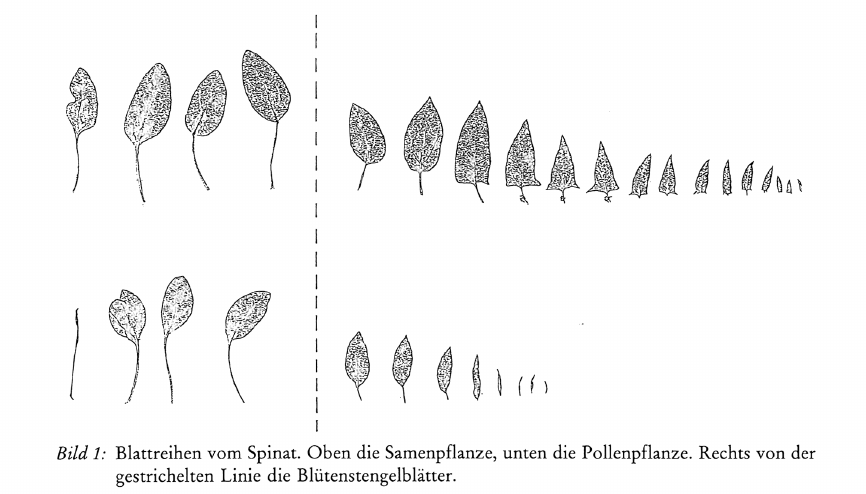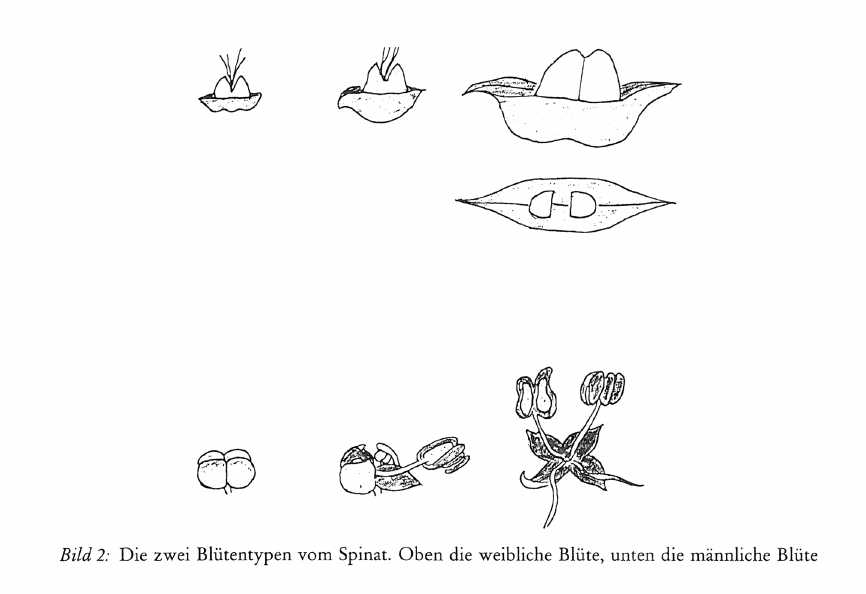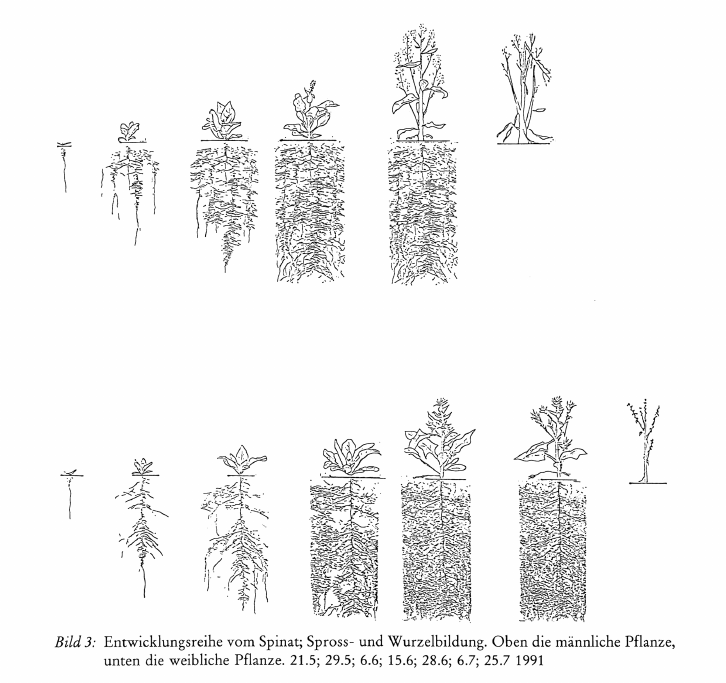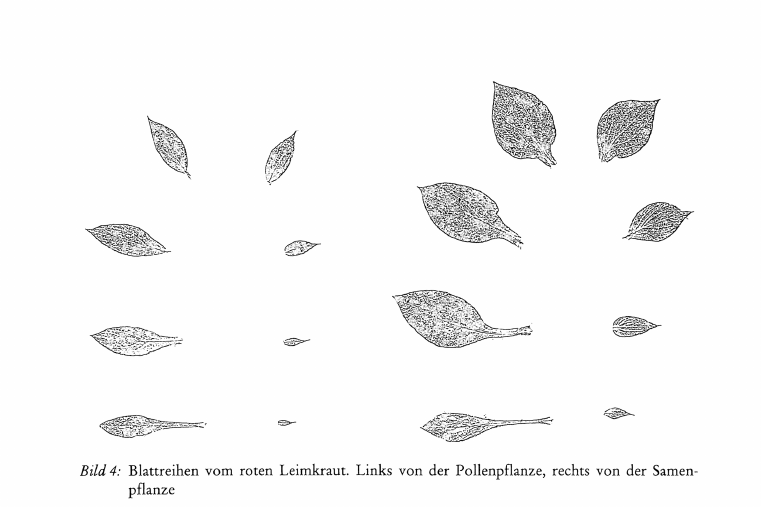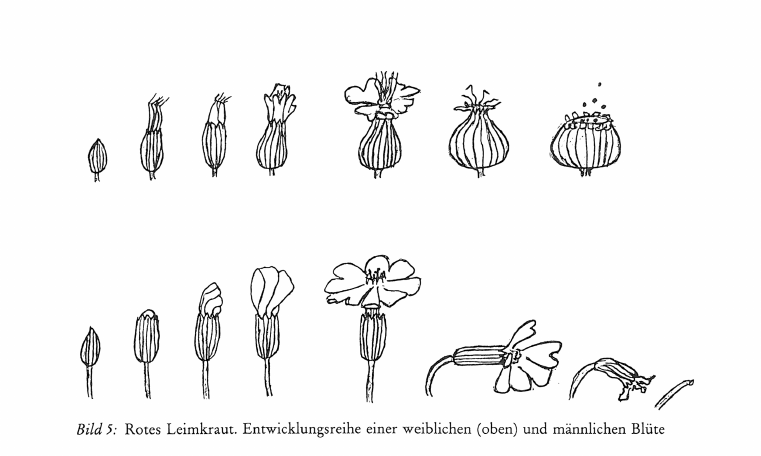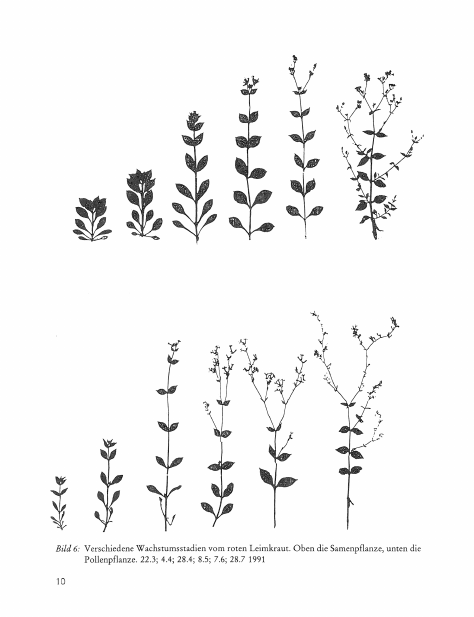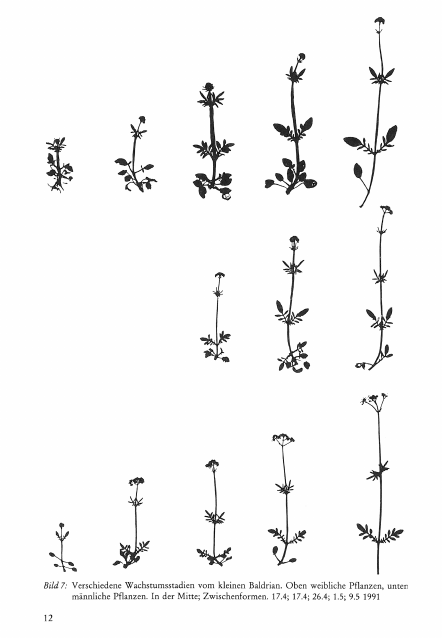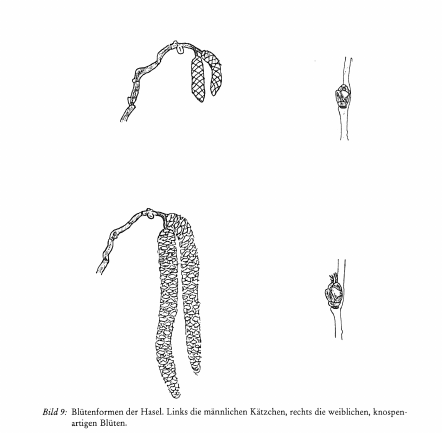Die Zweihäusigkeit bei der Blütenpflanze
Export Article Citation as
- Plain text
- BibTeX
- RIS format
- Download price : € 6.00
Abstract:
Sexual dimorphism can be found in many dicotyle plant—families. This research shows that great differences can be observed in the morphology and development between pollen (male)- and seed (female) plants. The pollen plant suppresses vegetative growth in favour of the flowering impuls. The latter penetrates the plant in all its aspects: it develops relatively few and small leaves, big inflorescences and well formed flowers. This can be expressed as an «appearing for the senses». The seed plant emphasises vegetative growth in the beginning of its development. Here, the flowering impuls remains in the background. Many big leaves are formed, inflorescences are retained and frequently wrapped with leaves. The flowers themselve are less formed, often smaller than male flowers and interpenetrated by vegetative growth. After pollination seed plants show induration processes inwardly by wich very distinct substances can be produced that can not be found - or in very lesser amount - in male plants. This can be interpreted as a fructification process extending over the entire plant. The pollen plant becomes flower, the seed plant as a whole becomes fruit. This has considerable consequences for the substantial quality of both plant-types and can be of great importance for pharmaceutical preparations. It is also purpose of this article to find a suitable expression for the masculine and feminine quality in plants.
